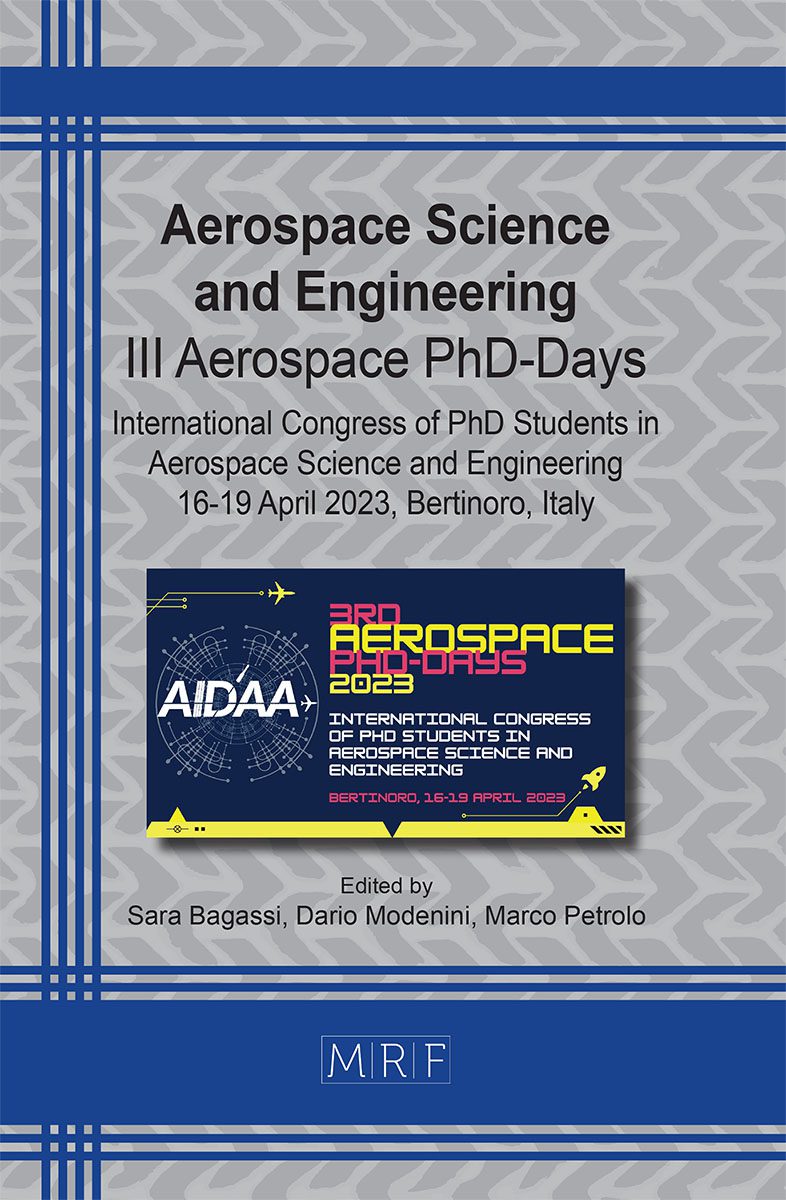Enabling strategies for safe proximity operations to uncooperative and non-collaborative objects in Low Earth Orbit
Giacomo Borelli, Camilla Colombo, Gabriella Gaias
download PDFAbstract. In-orbit servicing, transportation and removal activities are on the way to revolutionize the space economy and space exploitation. Particularly for the near-Earth environment these activities are considered important in the near- and long-term future to ensure the sustainability of space activities. In this paper one of the many challenges facing this new expanding field is addressed, namely the safe and robust design of proximity operations with non-collaborative and uncooperative objects. Guidance and control methods are developed to improve the safety of various proximity operations phases, starting from the far-range approach at tens of kilometres to closer approach distances of few tens of meters. Furthermore, a guidance and control method of a servicer platform to cope with the uncontrolled tumbling motion of the target object is proposed. Here a contactless control approach exploiting safe relative trajectories and the thruster plume impingement is used to reduce the angular motion of the uncontrolled target.
Keywords
Proximity Operations, Spacecraft Trajectory Optimisation, Flight Safety, On-Orbit Servicing
Published online 9/1/2023, 6 pages
Copyright © 2023 by the author(s)
Published under license by Materials Research Forum LLC., Millersville PA, USA
Citation: Giacomo Borelli, Camilla Colombo, Gabriella Gaias, Enabling strategies for safe proximity operations to uncooperative and non-collaborative objects in Low Earth Orbit, Materials Research Proceedings, Vol. 33, pp 171-176, 2023
DOI: https://doi.org/10.21741/9781644902677-25
The article was published as article 25 of the book Aerospace Science and Engineering
![]() Content from this work may be used under the terms of the Creative Commons Attribution 3.0 license. Any further distribution of this work must maintain attribution to the author(s) and the title of the work, journal citation and DOI.
Content from this work may be used under the terms of the Creative Commons Attribution 3.0 license. Any further distribution of this work must maintain attribution to the author(s) and the title of the work, journal citation and DOI.
References
[1] Kawano, I., Mokuno, M., Kasai, T., and Suzuki, T., “Result of Autonomous Rendezvous Docking Experiment of Engineering Test Satellite-VII,” Journal of Spacecraft and Rockets, Vol. 38, No. 1, 2001, pp. 105–111. https://doi.org/10.2514/2.3661
[2] “Overview of the DART Mishap Investigation Results For Public Release, URL : https://www.nasa.gov/pdf/148072main_DART_mishap_overview.pdf
[3] https://astroscale.com/astroscales-elsa-d-mission-successfully-completes-complex-rendezvousoperation/
[4] Borelli, G., Gaias, G., and Colombo, C., “Rendezvous and proximity operations design of an active debris removal service to a large constellation fleet,”Acta Astronautica,Vol. 205, 2023, pp. 33–46. https://doi.org/10.1016/j.actaastro.2023.01.021
[5] Borelli, G., Gaias, G., and Colombo, C., “SAFETY IN FORCED MOTION GUIDANCE FOR PROXIMITY OPERATIONS BASED ON RELATIVE ORBITAL ELEMENTS“, AAS/AIAA 33rd Space Flight Mechanics Meeting, Austin, TX, US.
[6] Borelli, G., Gaias, G., and Colombo, C., “ROTATIONAL CONTROL WITH PLUME IMPINGEMENT TO AID THE RIGID CAPTURE OF AN UNCOOPERATIVE FAILED SATELLITE“, 2020 AAS/AIAA Astrodynamics Specialist Conference, Lake Tahoe, CA, US.












